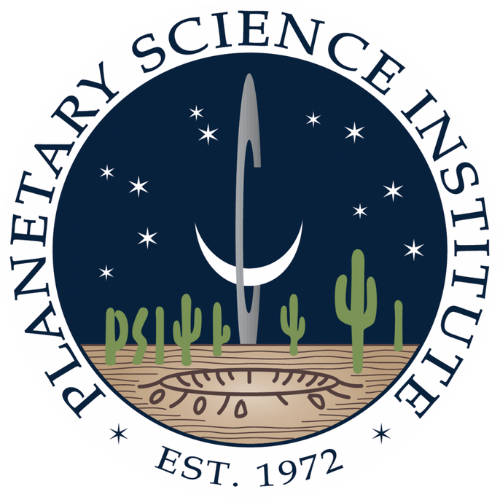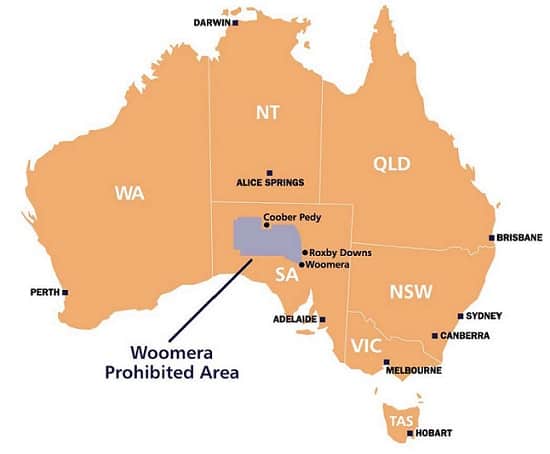Researchers have recovered a spacecraft in Australia that returned to Earth following a long journey that saw it touch down on a distant asteroid.
Planetary Science Institute research scientist Paul Abell was part of the mission’s ground recovery operation. He was also a member of the mission’s near infrared spectrometer team that investigated the composition of the asteroid while the Haybusa spacecraft was in close proximity to the asteroid.
Scientists hope the Hayabusa spacecraft was able to secure and return to Earth samples from a small asteroid named (25143) Itokawa, said Paul Abell, research scientist at the Planetary Science Institute.
The spacecraft returned to Earth June 13 and the search team recovered it June 14 in the Woomera Test Range in South Australia. Hayabusa visited several areas on Itokawa, an asteroid measuring 540 meters by 270 meters by 210 meters. The mission marked the first attempt to return samples from an asteroid.
While plans to fire projectiles into the asteroid’s surface to cause material to enter the sample collection chamber may have been unsuccessful, scientists retain some hope that dust raised during the craft’s landings on the surface kicked up material that was collected and brought back to Earth for analysis, Abell said.
“There may be a chance that during the touchdown, it might have kicked up some material that made its way into the sample container. This is a function of the microgravity environment at the asteroid,” he said. “The chances are slim that we got any samples, but you never know until you actually get it back, get it into the lab and have a look.”
The Japan Exploration Aerospace Agency, or JAXA, is heading the Hayabusa project, which was launched May 9, 2003. NASA is supporting the mission.
“It now will be transported to Japan for analysis and the opening of the sample collection chamber,” Abell said. “They are going to basically do a CAT scan of it to see if they can see anything inside, first of all, and then they are going to open it up and check it out.”
Even if no sample material from the asteroid made its way back to Earth, the mission still offered a number of critical discoveries.
“Having a sample in the capsule will be a huge bonus. We have already learned a lot about this asteroid that has changed our whole way of thinking about these kinds of near-Earth asteroids,” Abell said.
Researchers had believed that small near-Earth asteroids were one solid piece, while larger asteroids have craters and are broken up or fragmented, he said. But close proximity studies of Itokawa exhibit high porosity of about 40 percent and show the asteroid is made up of pieces ranging from small gravel to big blocks and boulders up to 50 meters in length.
“You have some general ideas of what it is you are dealing with before the encounter, but it is only until you get close to it with a spacecraft that you really see what it is like. We’ve studied asteroids from Earth using our ground-based sensors yet when we got there with our spacecraft we were actually very surprised,” he said. “Hayabusa has really changed the way we think about these asteroids, not only in terms of their internal structure and the surface properties, but also possibly their evolutionary lifetimes.
“JAXA’s Hayabusa mission has opened up a whole new world to us and now we have many more questions than answers, which makes this a very exciting time to be in planetary science,” Abell said.
Contact
Paul A. Abell
Research Scientist
[email protected]

